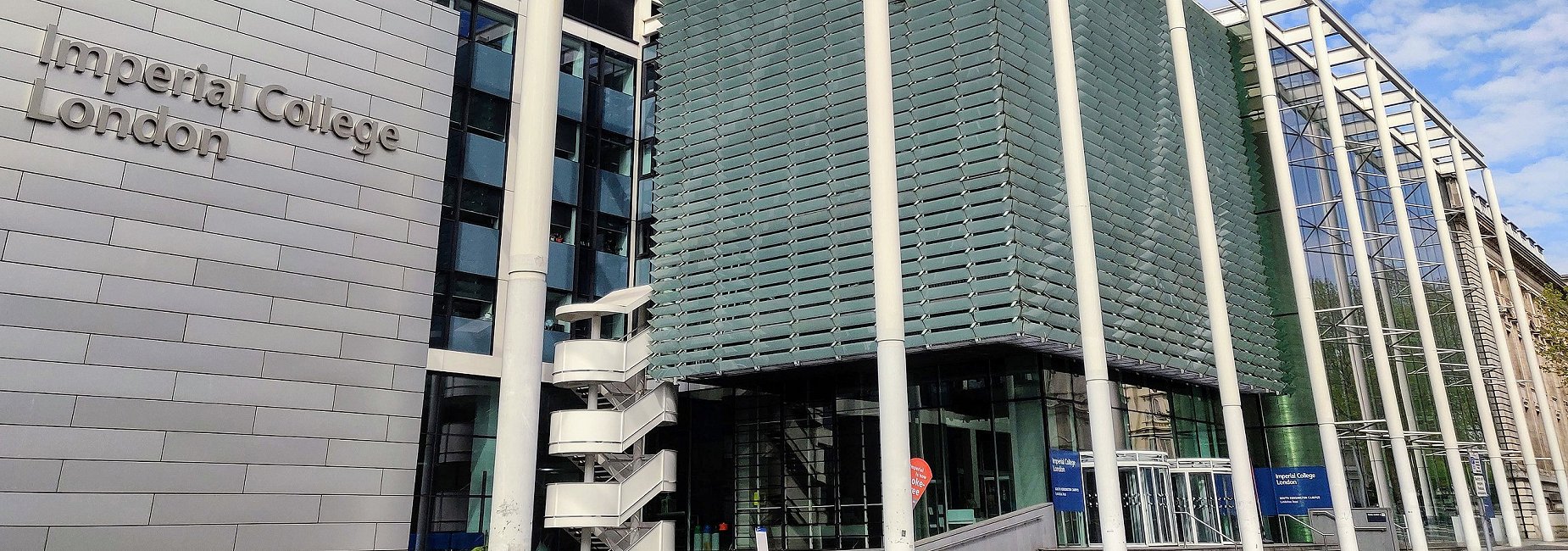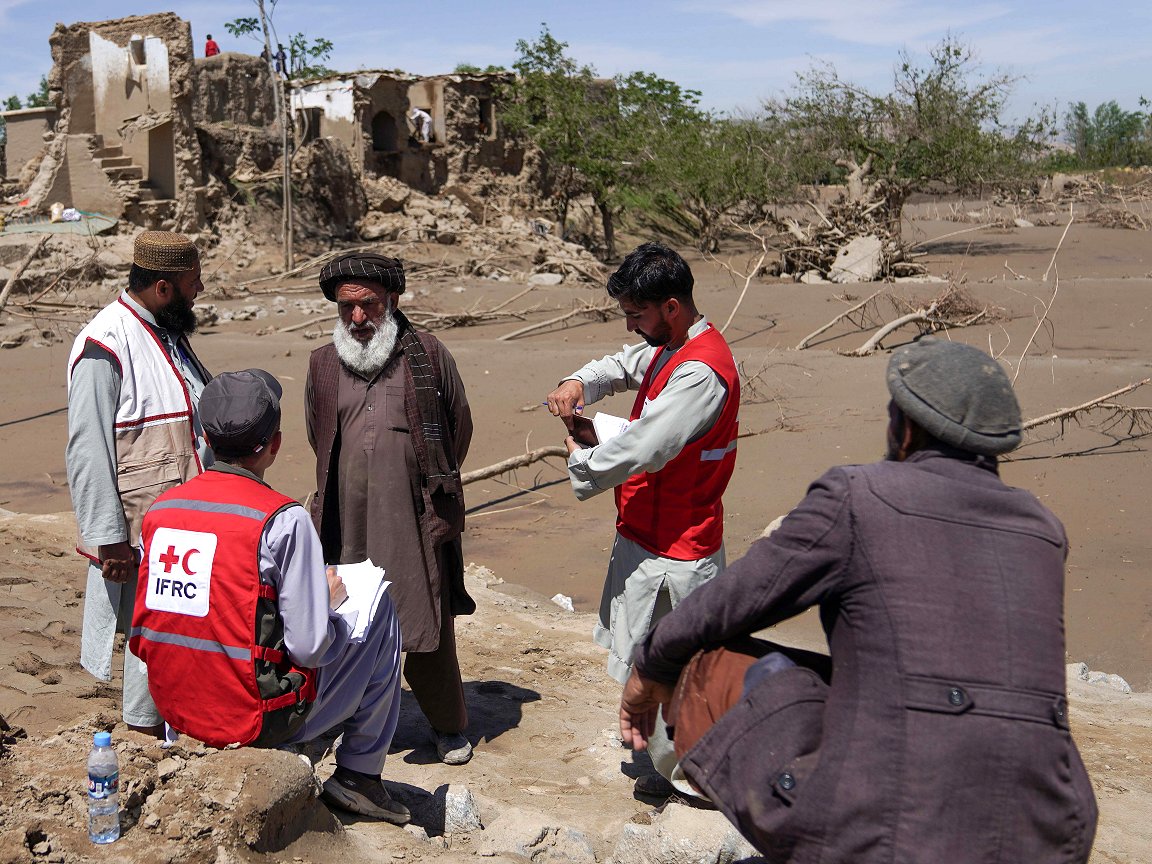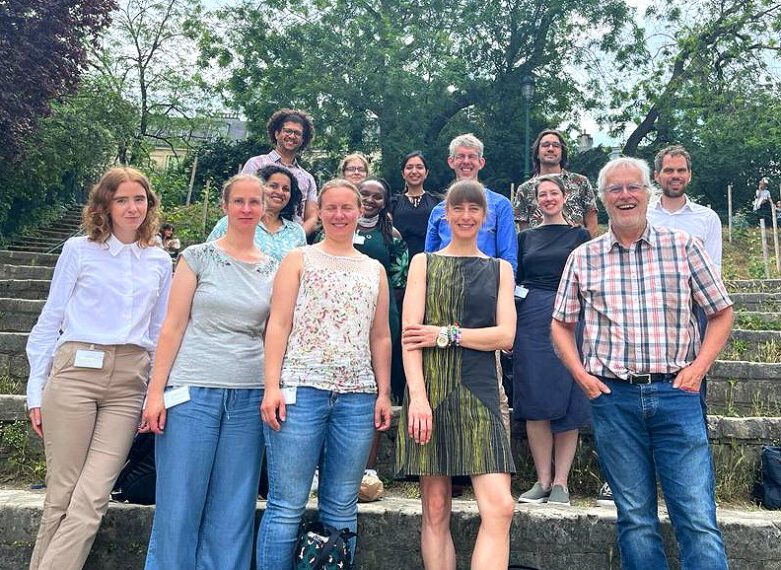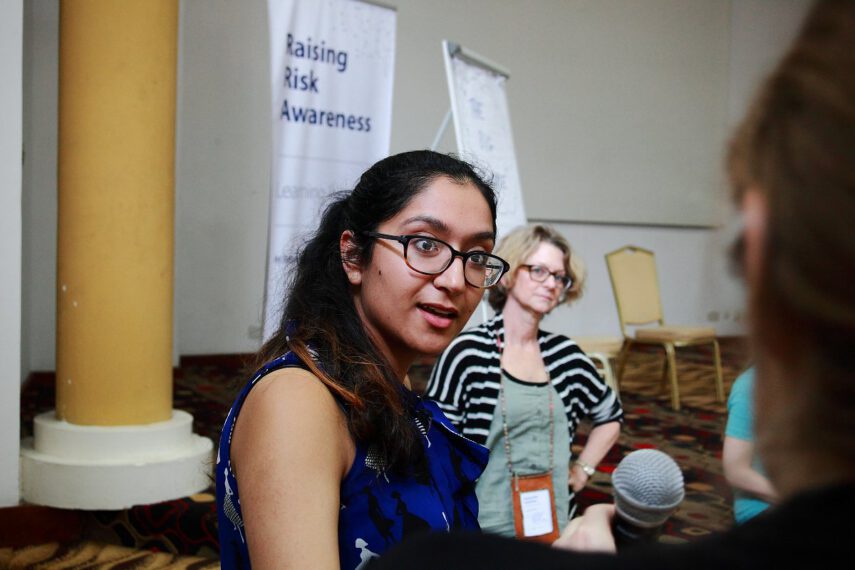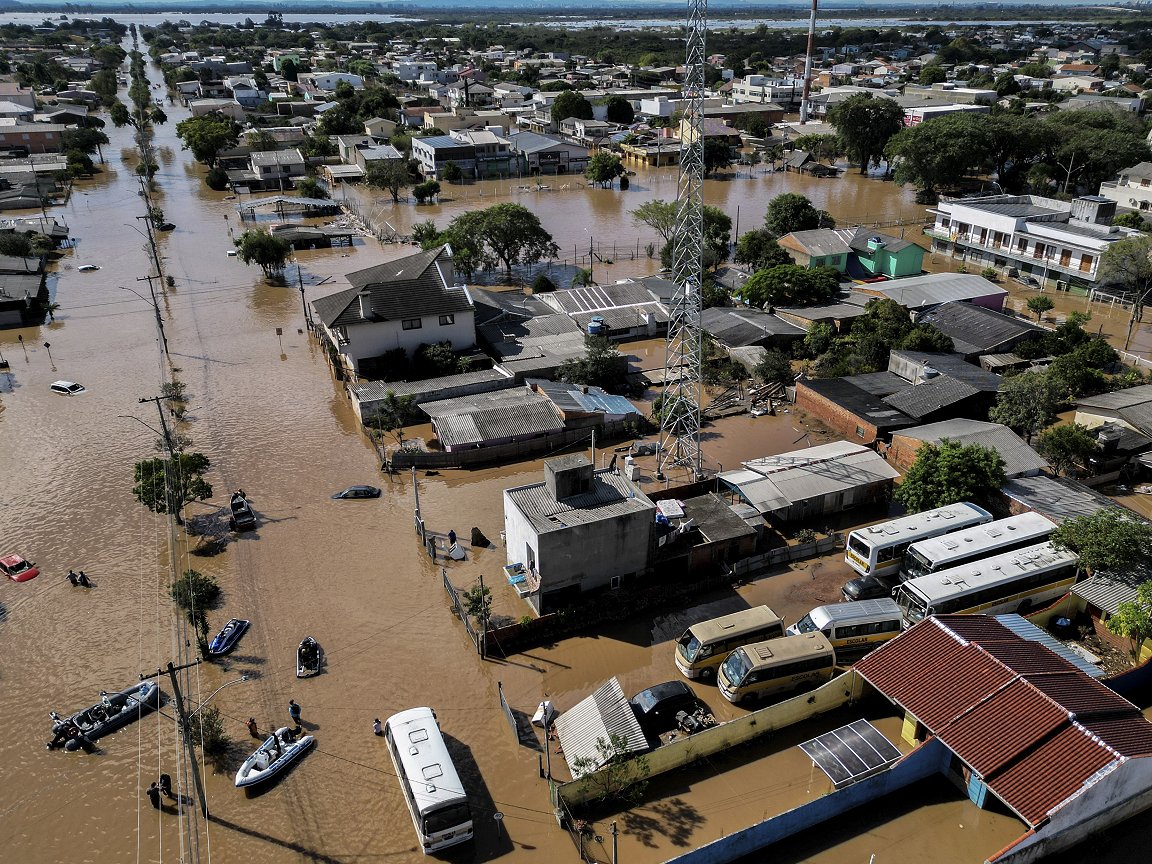When an extreme-weather event occurs, people often ask: Is climate change to blame? For decades, climate scientists have answered that question in general terms: that as the planet warms, we can expect many such weather events to become more frequent and extreme.
But in recent years advances in attribution science have allowed researchers to answer the question in much greater detail.
Founded in 2015 by Dr Friederike Otto and the late Dr Geert Jan van Oldenborgh, the World Weather Attribution (WWA) scientific partnership, which includes the Climate Centre, quantifies how climate change influences the intensity and likelihood of a particular extreme-weather event; and it sometimes finds it has not.
To encourage actions that will make communities and countries more resilient to future extreme weather, WWA studies also evaluate how existing human vulnerability and exposure may have worsened the impacts of the event. The results are made public as soon as they are available, often weeks or even days after the event, to inform discussions about climate change and extreme weather.
Few aspects of Climate Centre work generate more interest from the international media than the attribution of the influence of climate on extreme events (from 2023 unless otherwise specified):
Radio France Internationale on the Madagascar heatwave
ABC News (US) and the drought in Iran, Iraq and Syria
Reuters and the drought in the Horn of Africa
Financial Times and the heatwaves in North America and Europe
Independent and the early-season heat in Asia
South China Morning Post on heat in China
New Zealand Herald on Cyclone Gabrielle

